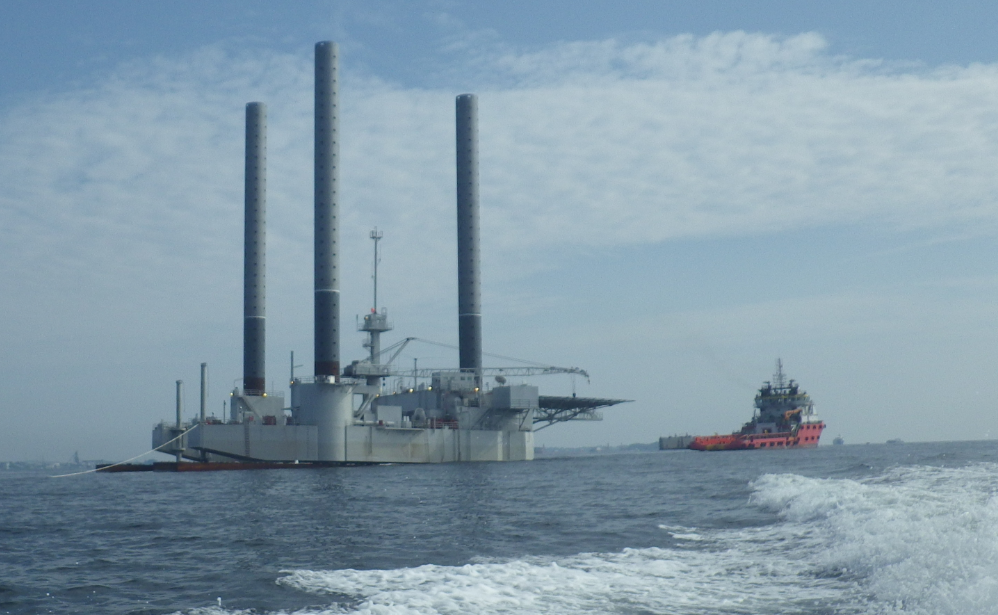Case Study
Home » Case Studies »
Seabase Float-On/Off
Longitude was contracted by Kencana HL Sdn Bhd to provide detailed engineering associated with conversion of a MODU to self-elevating accommodation rig, transportation and installation studies. As part of this scope, the rig was towed to a different shipyard utilizing dry tow. Upon reaching the designated location, the rig required to be floated off the transport barge. This required preparation of detailed analysis and procedure. The mat had to be ballasted in designated sequence to achieve the required trim, such that the rig could continue to maintain positive stability throughout all stages of the operation.
Facts and Figures:
- 3200tons elevated weight
- 20m water depth
- 10 years’ service life
- Dry tow and float-off operations
- Complex ballast management during float-off and installation
- BV Class

Longitude’s Scope of Work
Longitude engineering produced the documentation and analysis required for the dry and wet tows, on the Heavy lift vessel and Rig sides.
For the dry tow, the deliverables included the motion analysis, bollard pull calculation, and stability verifications of the Heavy lift vessel. It also included the dry tow route and route metocean studies, together with the Transportation Manual.
On the Rig side, the leg strength analysis during transportation and the design of sea fastenings and cribbing were produced.

For the wet tow and installation, Longitude issued the float-off procedure, the ballast plan of the heavy lift vessel for float-off, the mat ballasting plan, the towage procedure and the transportation and installation procedures.
Longitude also provided engineering support on-site to client to handle technical issues during this operation due to pumping and sequence issues.
The project successfully concluded upon mooring the rig alongside.


